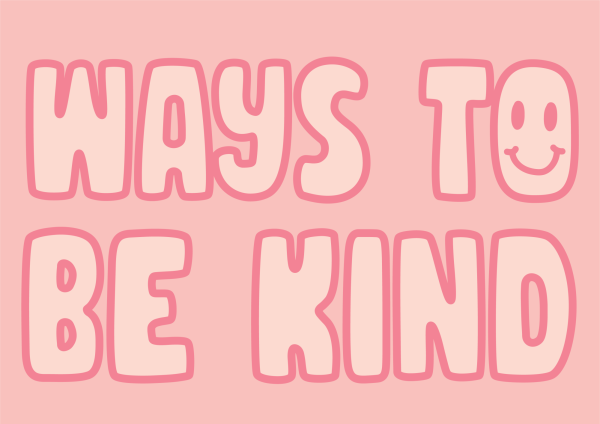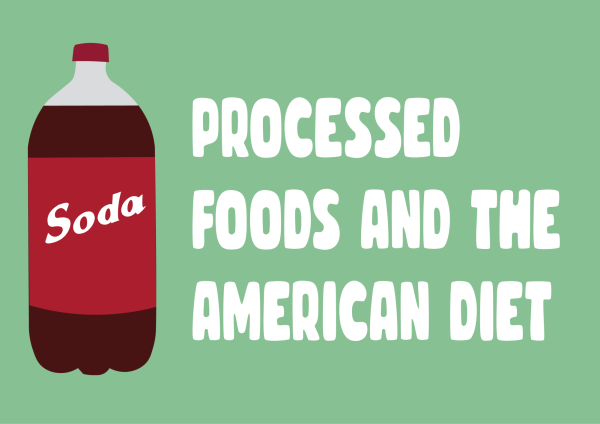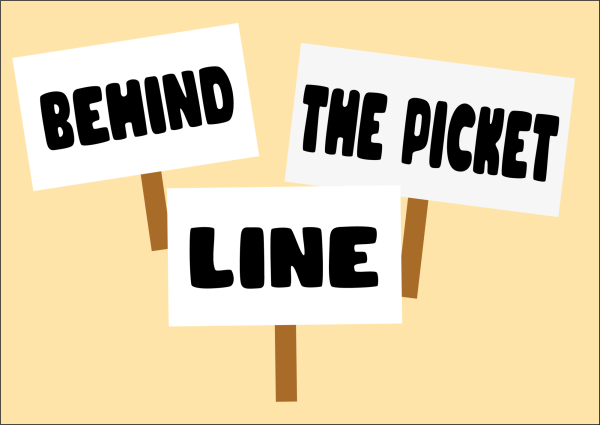The Dangers of Addiction
The alarm clock begins to beep and the dreaded am has begun. As students sleepily get ready they make pit stops to the local Starbucks, Quicktrip, and Caribou to get their caffeine needs.
“The definition of addiction according to psychology has to have three components. It has to have a tolerance built up factor, withdrawal symptoms, and a physical or psychological dependence,” AP Psychology teacher Doug Davis said.
The 8 hours of school students go through can be exhausting to where we chug all the coffee we can to get through the day.
“The extreme of what happens to your body is death. Caffeine is a stimulant so it increases your blood pressure and heart rate. A KU student from about two years ago actually died from consuming the powder form of caffeine during their finals week,” Davis said.
Because of the powerful addiction power caffeine holds, it is considered a drug. With that label, comes all the side effects of your innocent cappuccino.
“Getting headaches are the number one side effect, also moodiness and sleep issues closely following,” Davis said.
Although you might be too far gone for help, most of us won’t have to go through the 12 steps of recovery, the simple act of understanding the psychology behind addiction can help students with their own caffeine problems.
“By understanding the signs of addiction and the pros and cons of caffeine itself can help limit the intake. When used correctly it has lots of pros. If you suffer from depression or from seasonal affective disorder, doctors will often prescribe one cup of coffee or caffeine a day because it is such a strong stimulus,” Davis said.











